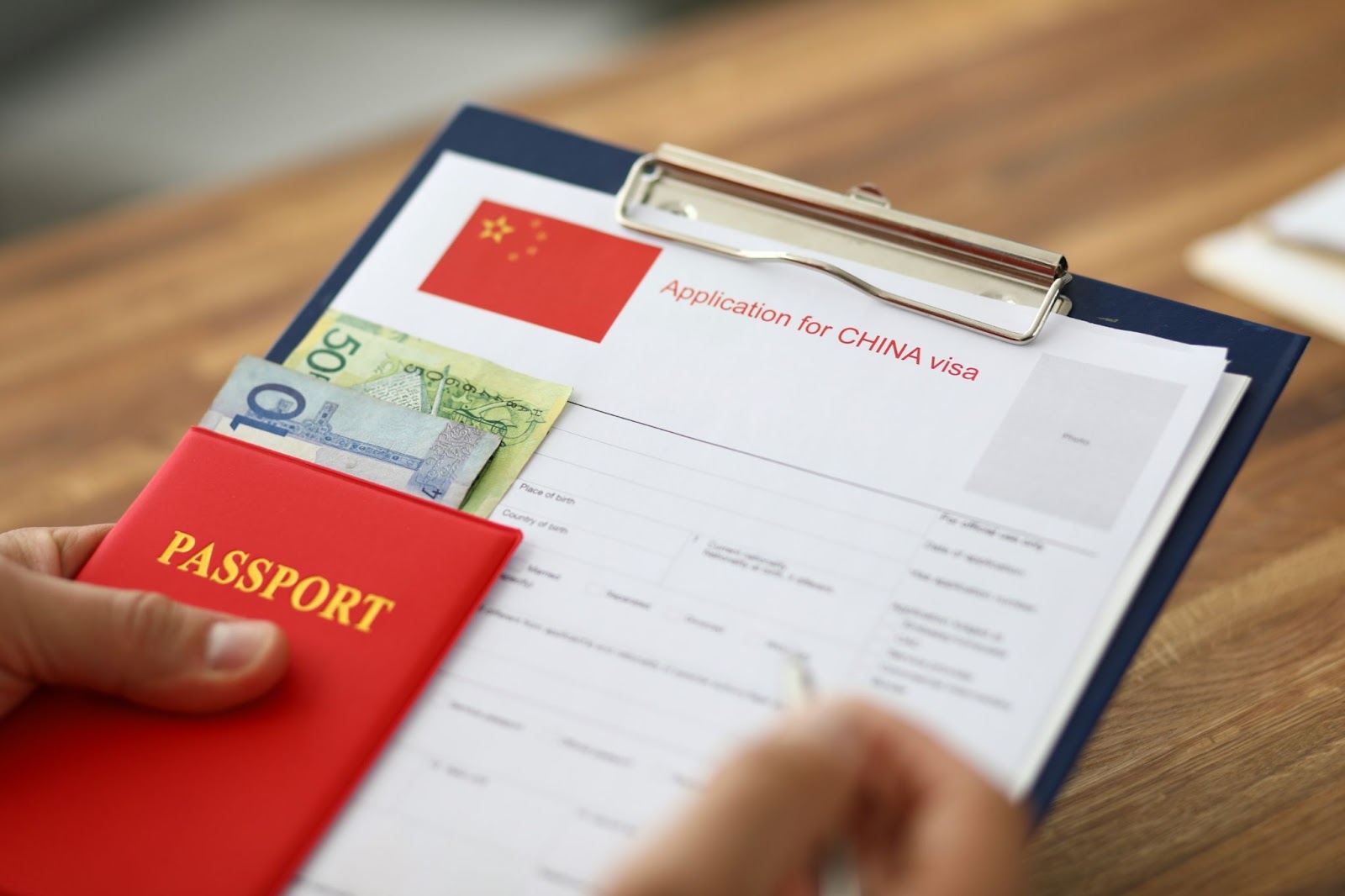China Simplifies Visa Rules to Promote Tourism
China is making notable changes to its visa application requirements in a concerted effort to revitalise its tourism sector, which saw a substantial decline due to strict COVID-19 restrictions from 2020 to 2022. Unlike leading international destinations like the United States, the United Kingdom, and France, China typically doesn't offer visa-free access to travellers from most nations.

China's Evolving Visa Requirements
China is easing its visa requirements in an effort to attract more international tourists. The two most significant changes are:
-
Applicants now only need to report one year of travel history, instead of five.
-
Applicants now only need to declare their highest attained qualification, instead of providing a comprehensive educational history.
These changes are expected to make the visa application process simpler and faster, and to encourage more people to visit China.
In addition to these two changes, China has also made a number of other adjustments to its visa policy, including:
-
Streamlining the visa application form
-
Expanding the eligibility for visa-free entry
-
Allowing for longer stays on certain types of visas
-
Making it easier to renew visas
The Foreign Ministry has stated that these changes are part of a broader effort to foster international people-to-people exchange and advance high-quality development and open engagement.
Overall, China's evolving visa requirements are a positive sign for international tourists. The changes make it easier and more convenient to visit China, and they are likely to boost the country's tourism industry.
China's Bid to Rekindle Tourism
China is making a concerted effort to rekindle its tourism industry, which was severely impacted by the COVID-19 pandemic. In addition to easing visa requirements, the country is also implementing other measures to attract foreign tourists, such as temporarily suspending biometric data submissions for eligible Indian applicants.
Here is a summary of China's bid to rekindle tourism:
-
Eased visa requirements: China has reduced the required travel history from 5 years to just 1 year, and applicants now only need to declare their highest attained qualification, instead of providing a comprehensive educational history.
-
Relaxed visa requirements for Indians: Eligible Indian applicants for various types of visas, including those for tourism, business activities, family visits, and transit, are temporarily exempt from submitting biometric data until December 31, 2023.
-
Other measures: China is also promoting tourism through marketing campaigns and offering discounts and incentives to travellers.
China's efforts to revive its tourism industry are significant for a number of reasons. First, tourism is a major contributor to the Chinese economy, accounting for nearly 11% of GDP in 2019.
Second, the return of international tourists would help to boost domestic consumption and employment. Third, it would signal that China is fully reopening to the world after the pandemic.
China's International Travel Resurgence
After years of strict COVID-19 restrictions, China is now lifting travel bans and opening its borders to travellers from around the world. This is good news for tourism destinations, which are eager to welcome back Chinese tourists, who are known for their high spending power.
Here are some of the key takeaways from the article:
-
China has lifted travel bans on numerous countries, including the US and Japan.
-
The trend of Chinese citizens travelling abroad for both educational and leisure purposes is on the rise.
-
In 2019, Chinese tourists represented the largest outbound tourism market.
-
In the first five months of this year, one million Chinese tourists travelled to Thailand, with government authorities predicting that the number will exceed five million by the end of the year.
-
Projections from the U.S. The National Travel & Tourism Office anticipates a rebound in Chinese tourists to the United States, with approximately 1.4 million Chinese tourists expected to visit the country in 2024.
FAQS
What are the recent changes in China's visa policy?
China has implemented new visa policy measures to simplify the process and encourage tourism.
How will these changes benefit tourists?
The eased visa policy will make it easier for tourists to visit China by reducing bureaucratic hurdles and providing greater convenience.
What types of visas are affected by these changes?
The changes apply to various types of visas, including tourist visas, business visas, and transit visas, to name a few.
Are there specific countries that will benefit from these changes?
The new policy is generally designed to attract tourists and travellers from a wide range of countries, but specific details may vary based on bilateral agreements and international relations.
What is the expected impact on Chinese tourism and the economy?
The simplified visa policy is expected to boost tourism, leading to increased visitor numbers, which, in turn, can positively impact China's economy through greater spending by tourists.
Does this mean visas are now completely unrestricted for tourists?
No, while the policy simplifies the process, there will still be specific requirements and conditions for obtaining a visa, and certain restrictions may apply, depending on individual circumstances and national security considerations.
What should tourists do to take advantage of these changes?
Tourists interested in visiting China should review the updated visa requirements and procedures, which may vary by embassy or consulate, and ensure they meet all the necessary criteria for their intended type of visa.
Are there any other measures accompanying the visa changes to promote tourism?
In addition to visa policy changes, China may also introduce marketing and promotional campaigns to attract more tourists and enhance its image as a tourist-friendly destination.